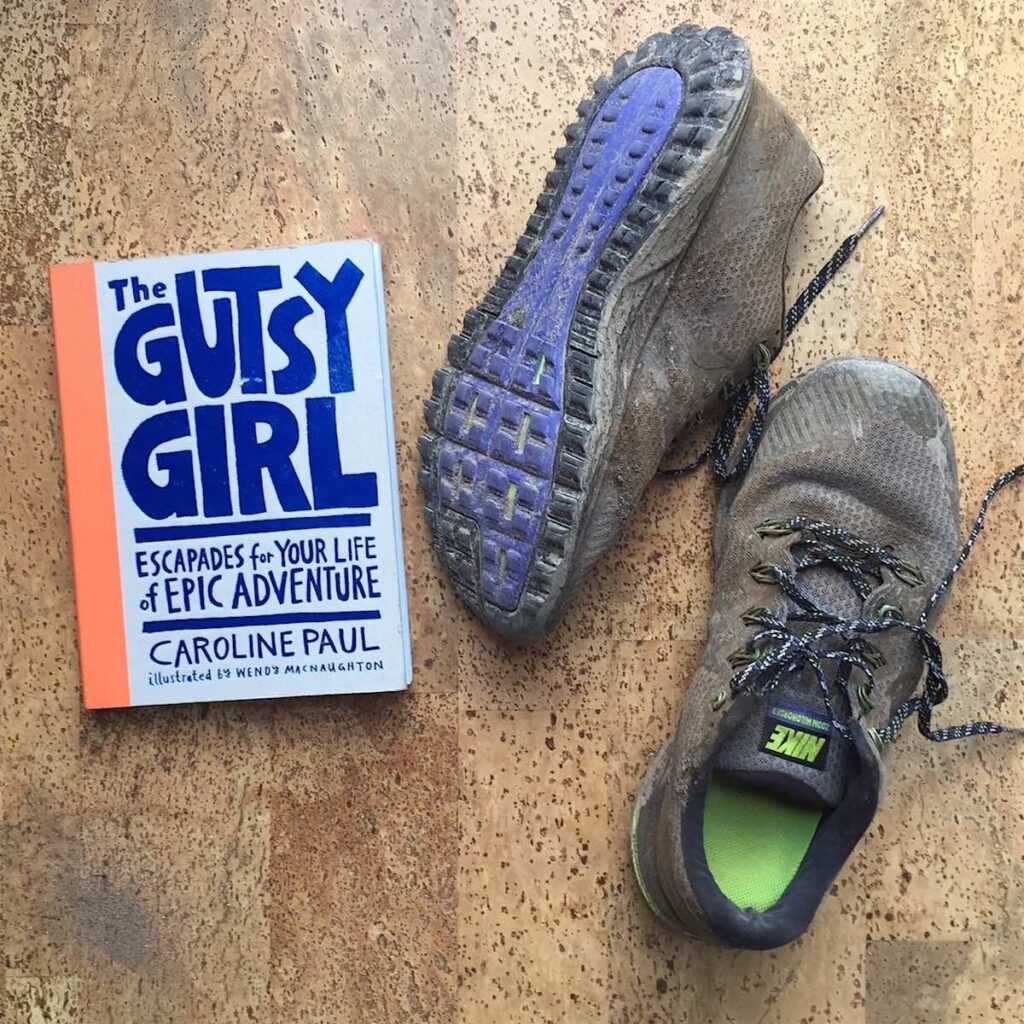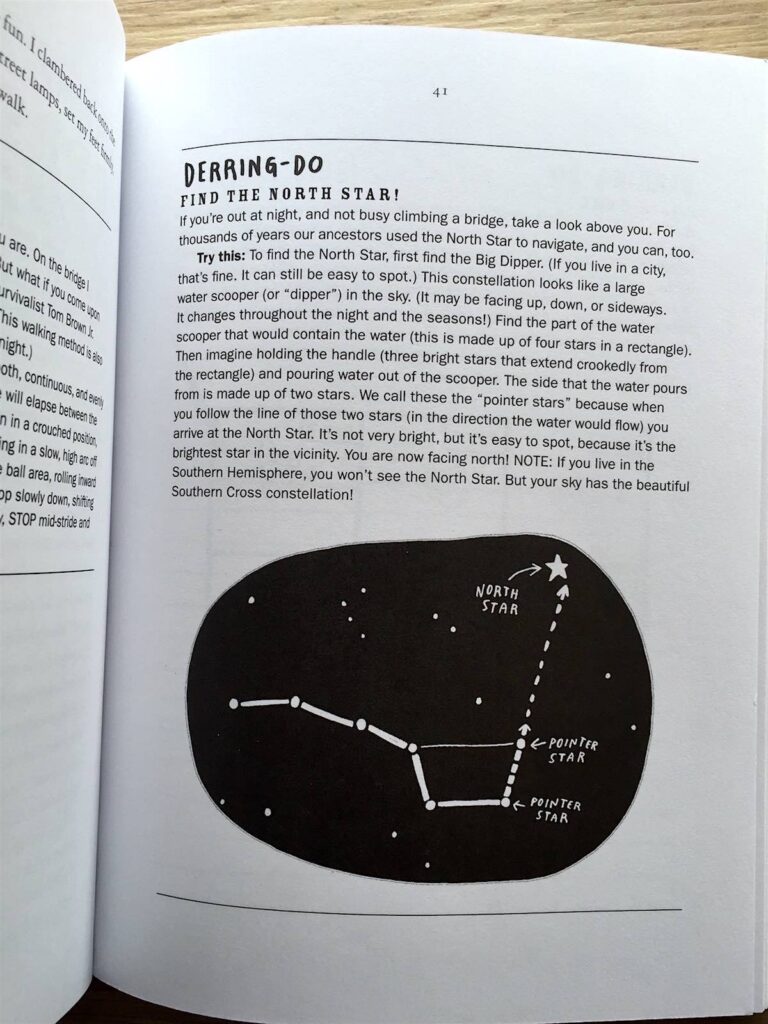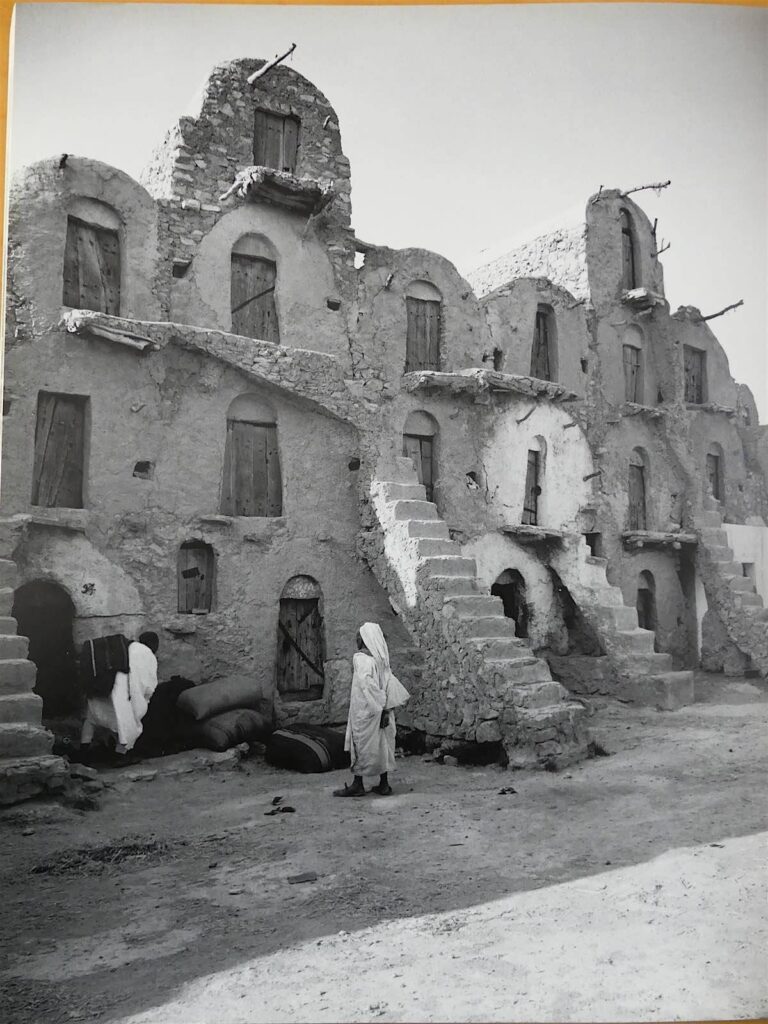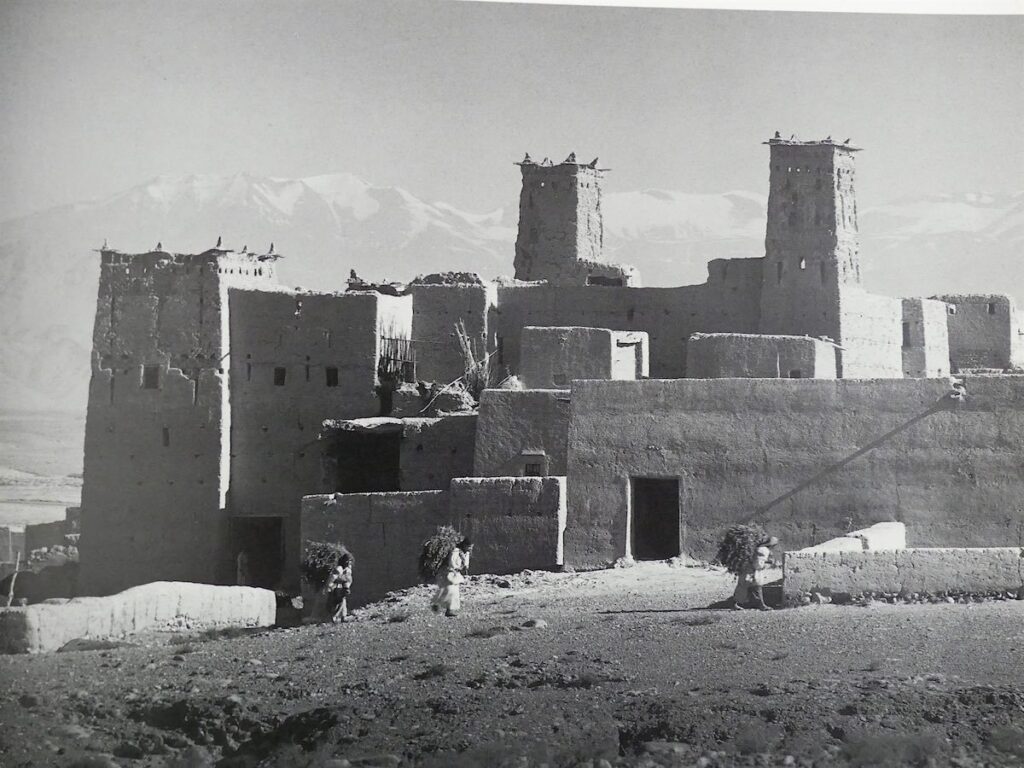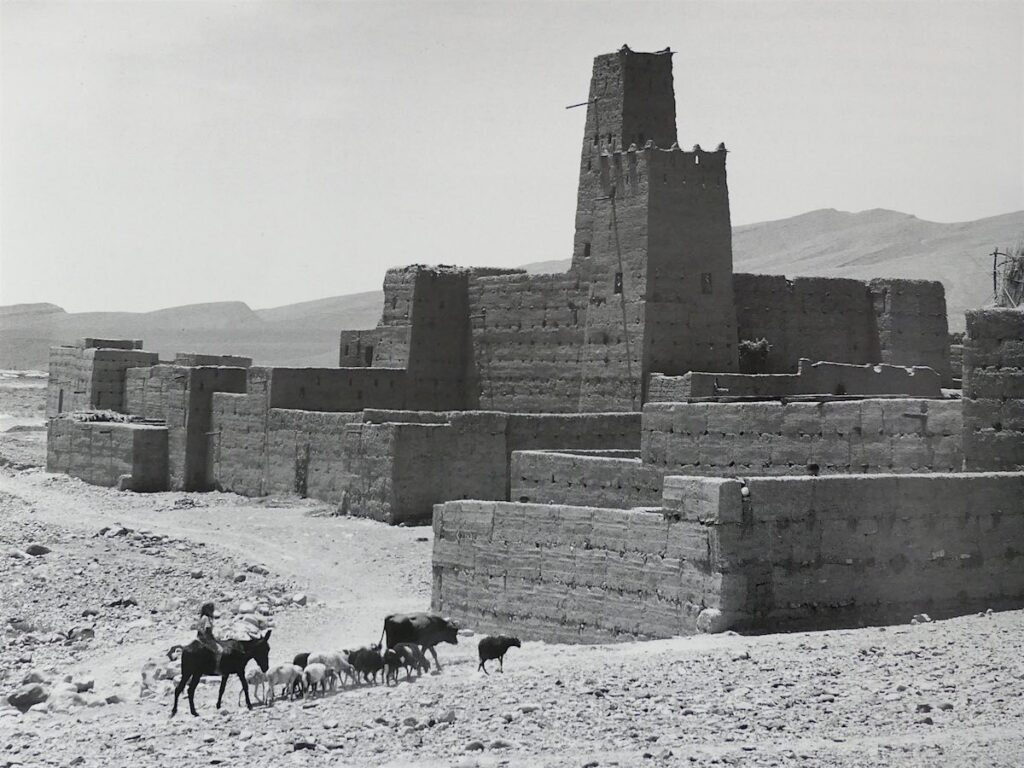Canon 1DS
CMOS Digital Camera
For purely financial reasons, I’m going to talk about the original 1DS, not the newer model II.
This camera was introduced three-and-a-half years ago as a true SLR with a digital sensor the same size as a 35mm film frame, allowing legacy Canon lenses to retain their correct view angle. The CMOS sensor produces images that are notably “gentle,” ideal for skin tones, and subtler than the typical colors of a CCD device. The disadvantages of the 1Ds are its price (originally it was $8,000), its bulk (it is built for durability), its frustratingly nonintuitive controls, and slight chromatic aberration when using wider lenses that were designed for the different performance characteristics of film. Now that the Model II is available, anyone who was reluctant to pay the price of a new Model I should be aware that they can be found on eBay for a mere $2,000. Rated at just over 11 megapixels, the picture quality is actually higher than the raw pixel count suggests, because the noise in the sensor is so unobtrusive. I have enlarged images up to 18″ x 12″ with virtually no noise visible, even in shadow areas after unsharp masking. When you push the sensitivity to the equivalent of ISO 1000, you do see some noise, but it resembles the pleasantly random distribution of film grain and is not streaky.
Tim Burton’s stop-motion movie The Corpse Bride was shot frame-by-frame using modified Canon 1Ds cameras, which were chosen after their image quality was compared with all available alternatives, including motion-picture film. The very subtle tones in that movie are a tribute to Canon electronics.
04/20/06Canon 1DS $1,000 to $2,000 depending on condition and history (body only, not including lenses). Available from eBay






